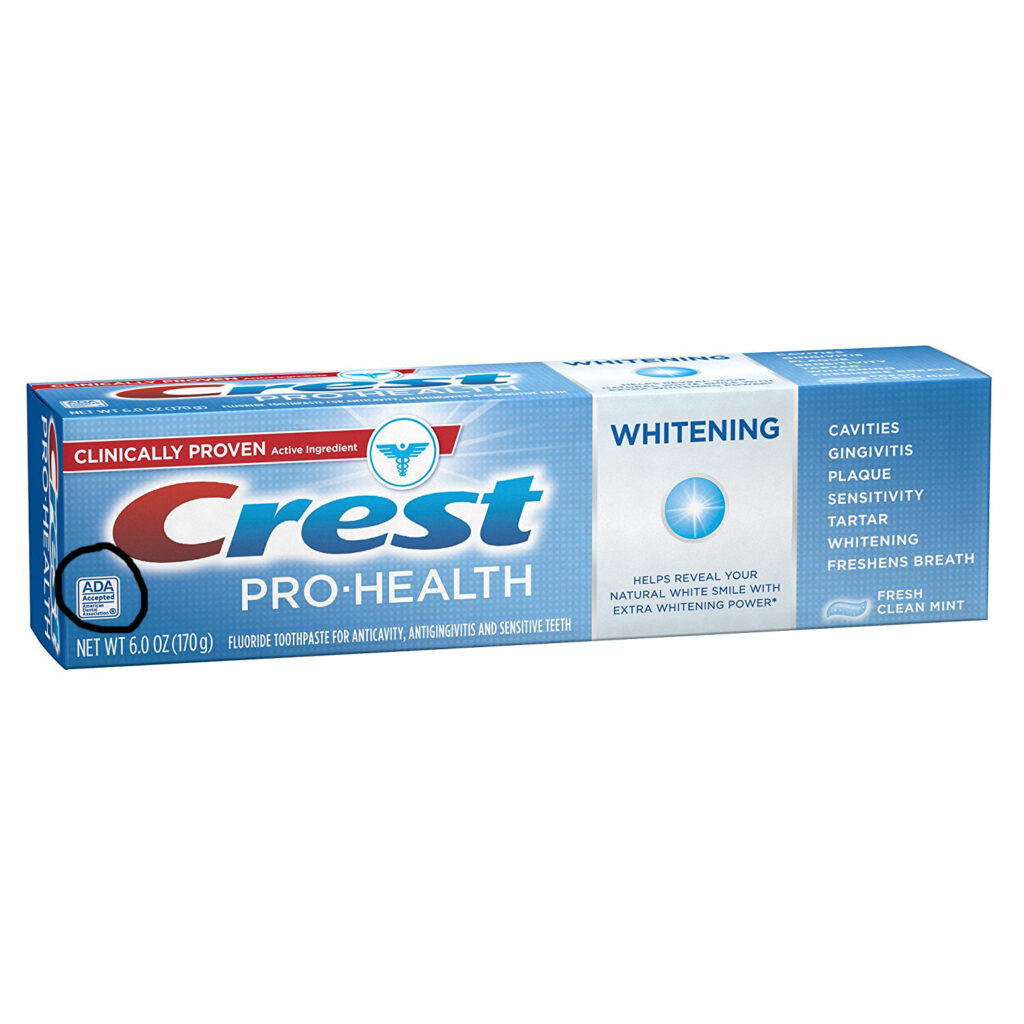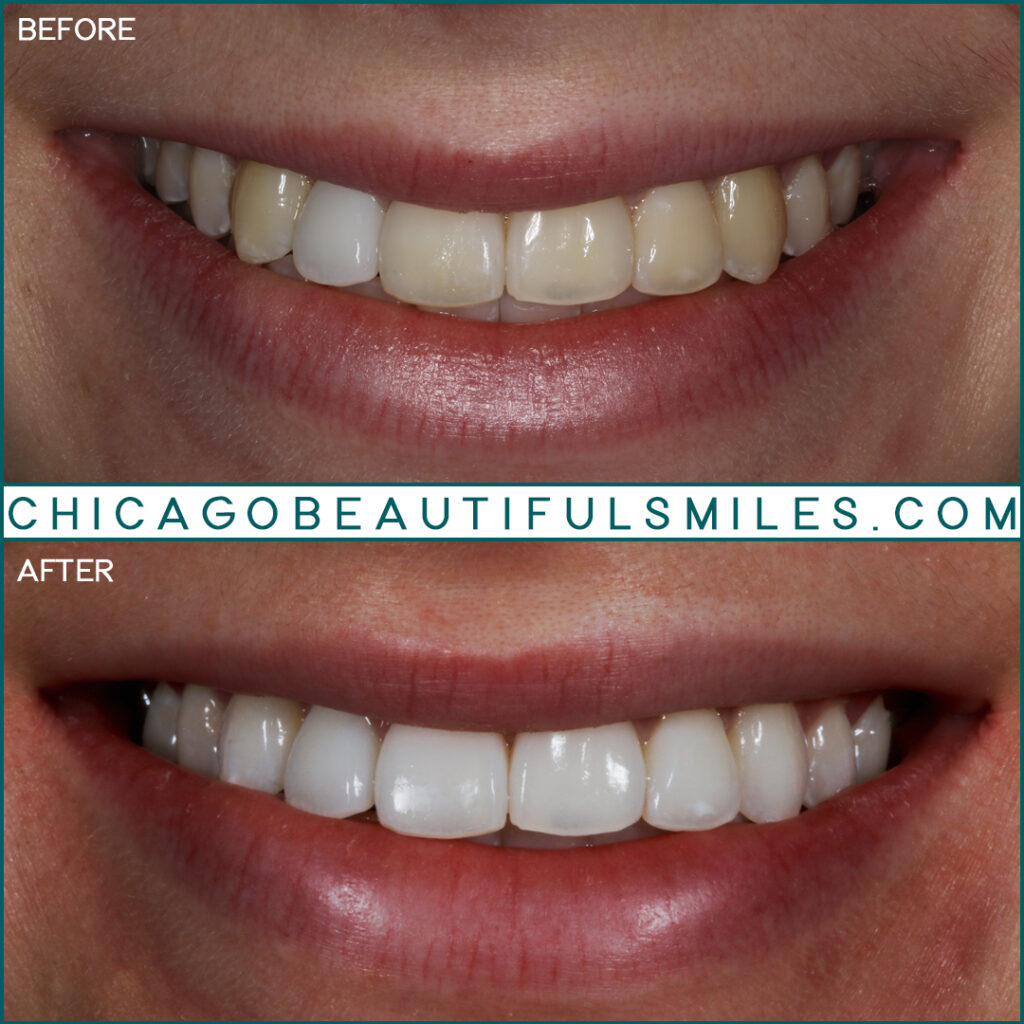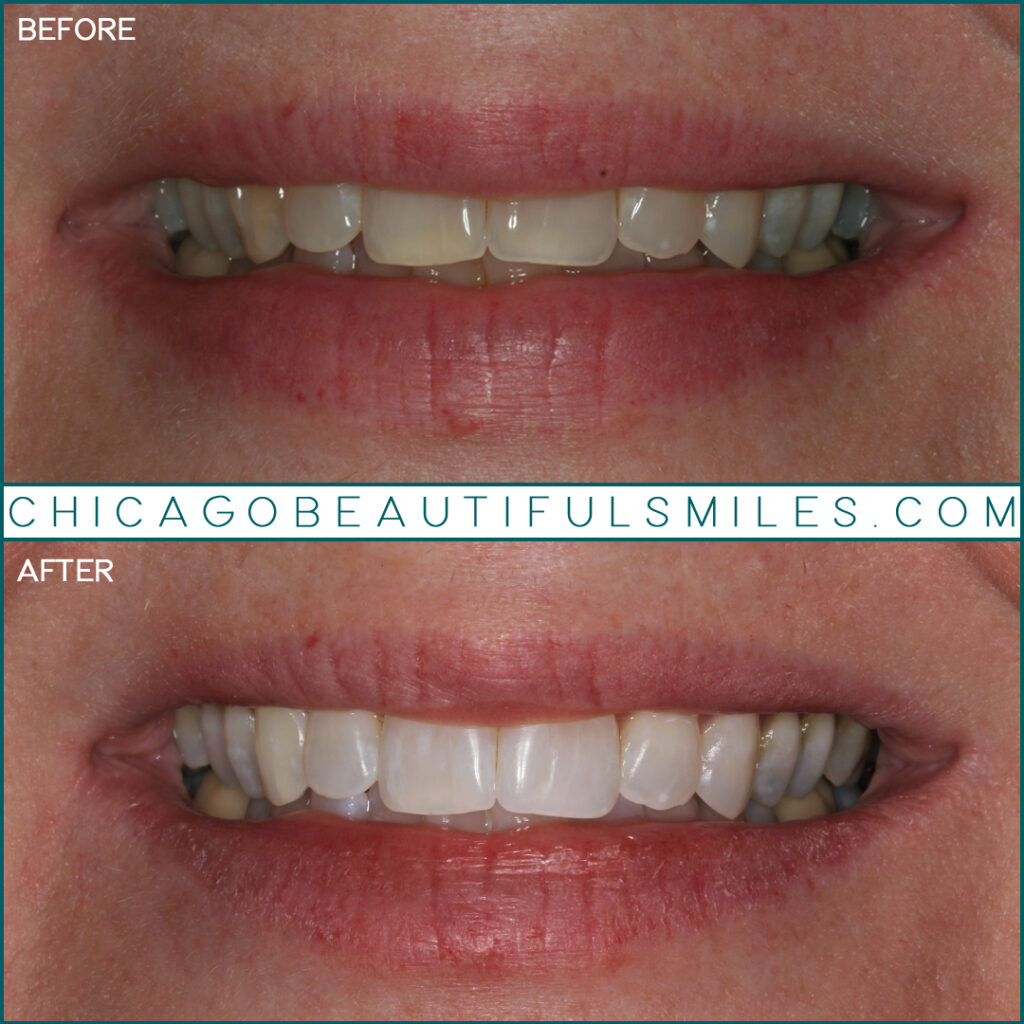Teeth whitening is probably the most popular treatment in cosmetic dentistry nowadays. Brushing and flossing regularly are great ways to keep your smile bright and healthy, but it still may not be the color you desire. Before we dive in into the different methods that are available to whiten teeth, first we need to understand the reasons teeth change color.
Why did my teeth change color?
Your smile can go from bright white to a not-so-white color over time for a number of reasons:
- Age: Over time, the outer layer of the enamel gets worn away, therefore revealing more of the dentin, which has a yellow color.
- Food and Drink: Some foods and drinks are known to be major staining culprits. Coffee, tea and red wine are amongst the more well known, but certain fruits and vegetables can also cause teeth discoloration. This discoloration occurs due to the intense color pigments these foods and drinks carry that attach to the enamel.
- Medications: Some antibiotics are known to discolor teeth when given to children whose teeth are still developing.
- Tobacco Use: Two substances in tobacco cause tooth discoloration: tar and nicotine. Tar is naturally dark and nicotine, when mixed with oxygen, turns yellow.
- Trauma: If you are hit in the mouth, the tooth reacts to the injury by laying down more dentin, which has a darker color than the enamel.
Does Whitening work on all teeth?
The answer is no. It is crucial that you talk to your dentist before deciding to do any kind of whitening on your teeth. Some whiteners work better than others depending on the current discoloration of the teeth and results wanted. For example; usually yellow teeth respond better to whitening than brown teeth. It’s also important to remember that crowns, caps, fillings and veneers do not bleach.
Teeth Whitening Options
- Whitening Toothpaste: these help remove the surface stain through the action of mild abrasives that scrub the teeth. Note that whitening toothpastes do not change the color of the teeth but can only remove surface stains. Lastly, remember to always look for the ADA seal for safe whitening toothpastes. More information about the ADA seal of acceptance can be found here.
- At-home bleaching: There is also the option of at-home bleaching. These over-the-counter products contain peroxide which actually bleaches the enamel. They typically come in the form of a gel that is placed in a tray which fits over your teeth, or you can use a whitening strip that sticks to your teeth. Again, make sure to look for the ADA Seal of Acceptance.

- In-office bleaching: Here, at Chicago Beautiful Smiles, we offer KOR Deep Bleaching. KOR is the latest in whitening advancement. The process combines in-office treatments, along with at-home bleaching, which provides the most consistent whitening results that last longer. While each patient is different, one’s teeth will often whiten up to 16 shades or more.


Possible Side Effects
The most common side effect from teeth whiteners is tooth sensitivity. This happens when the peroxide gets through the enamel to the dentin and irritates the nerve of the tooth. In most cases, the sensitivity is temporary; you can delay the treatment and try again when the sensitivity gets better.
Keep in mind that overuse of whiteners can potentially damage the gums and/or enamel, so always check with your dentist for directions.
If you have questions or would like to schedule an appointment, please call us at (847)729-6080.

